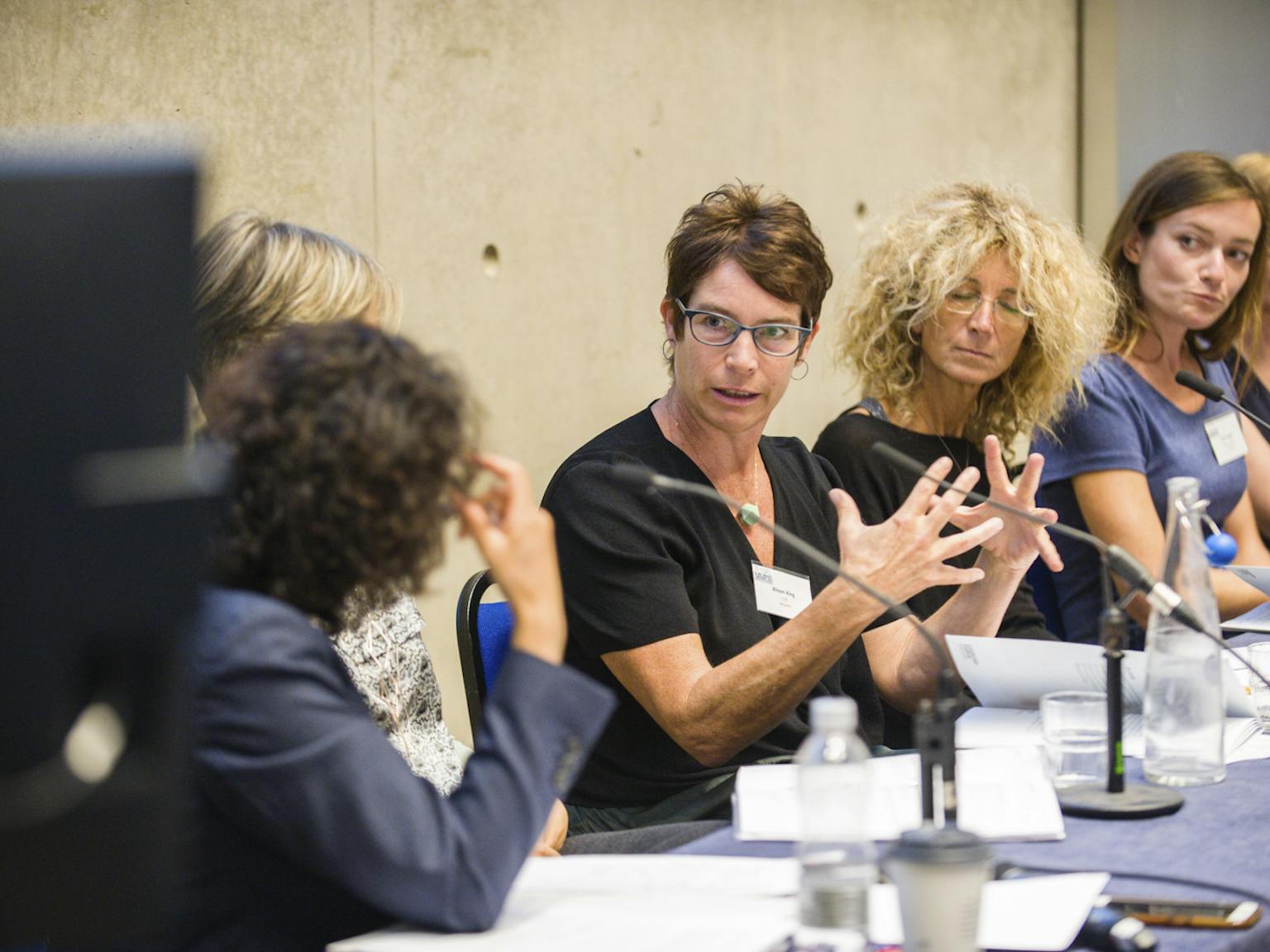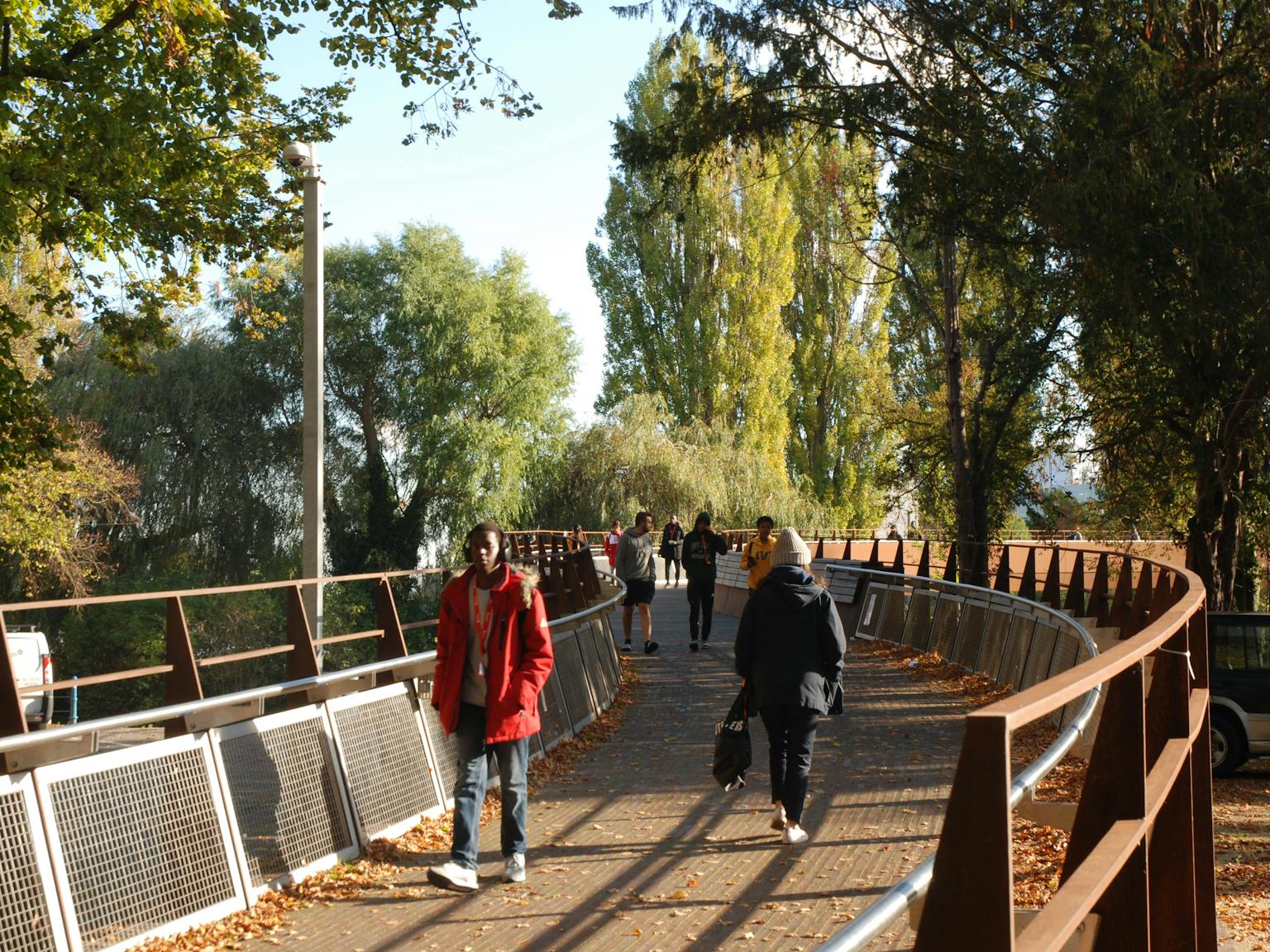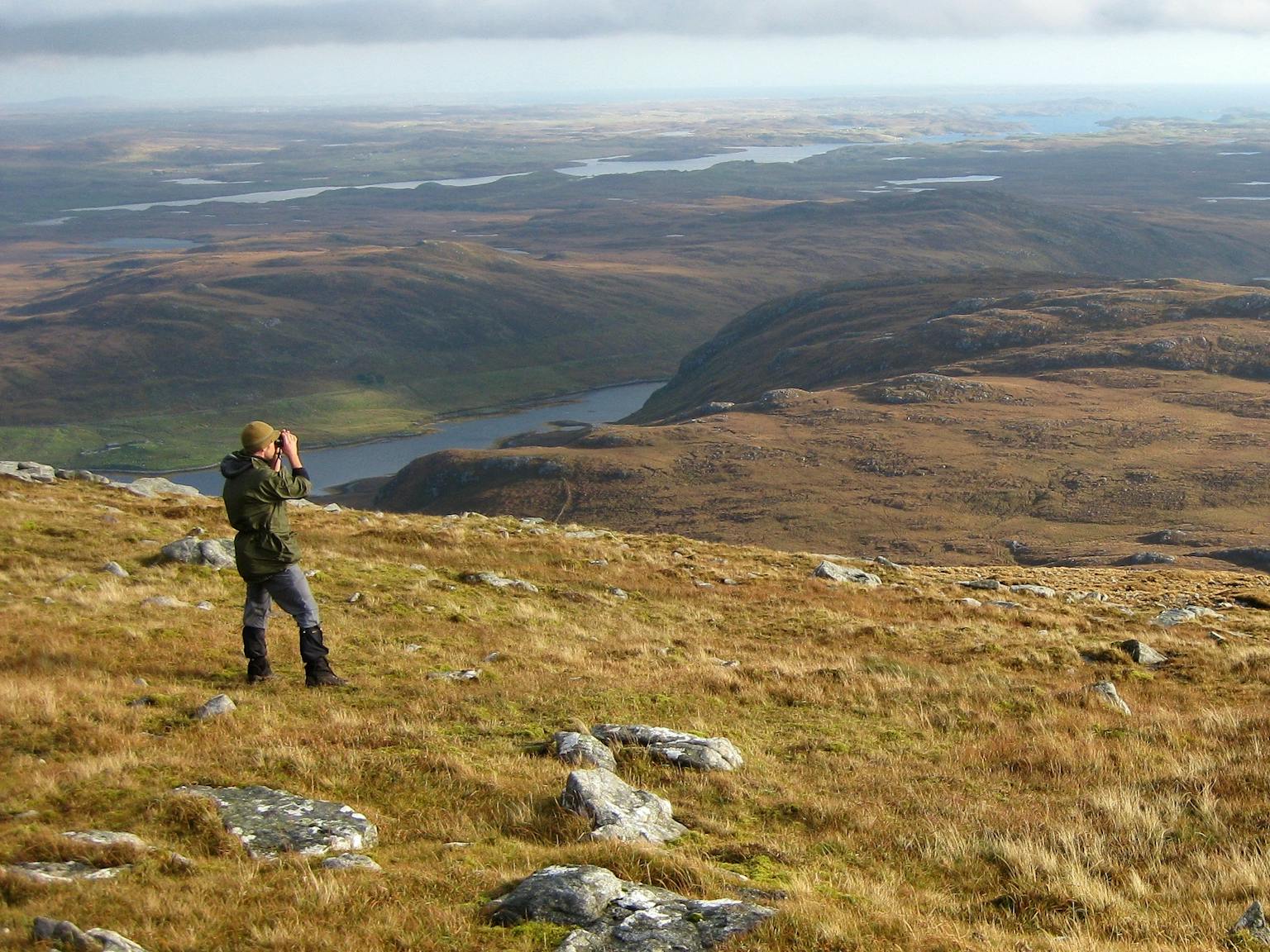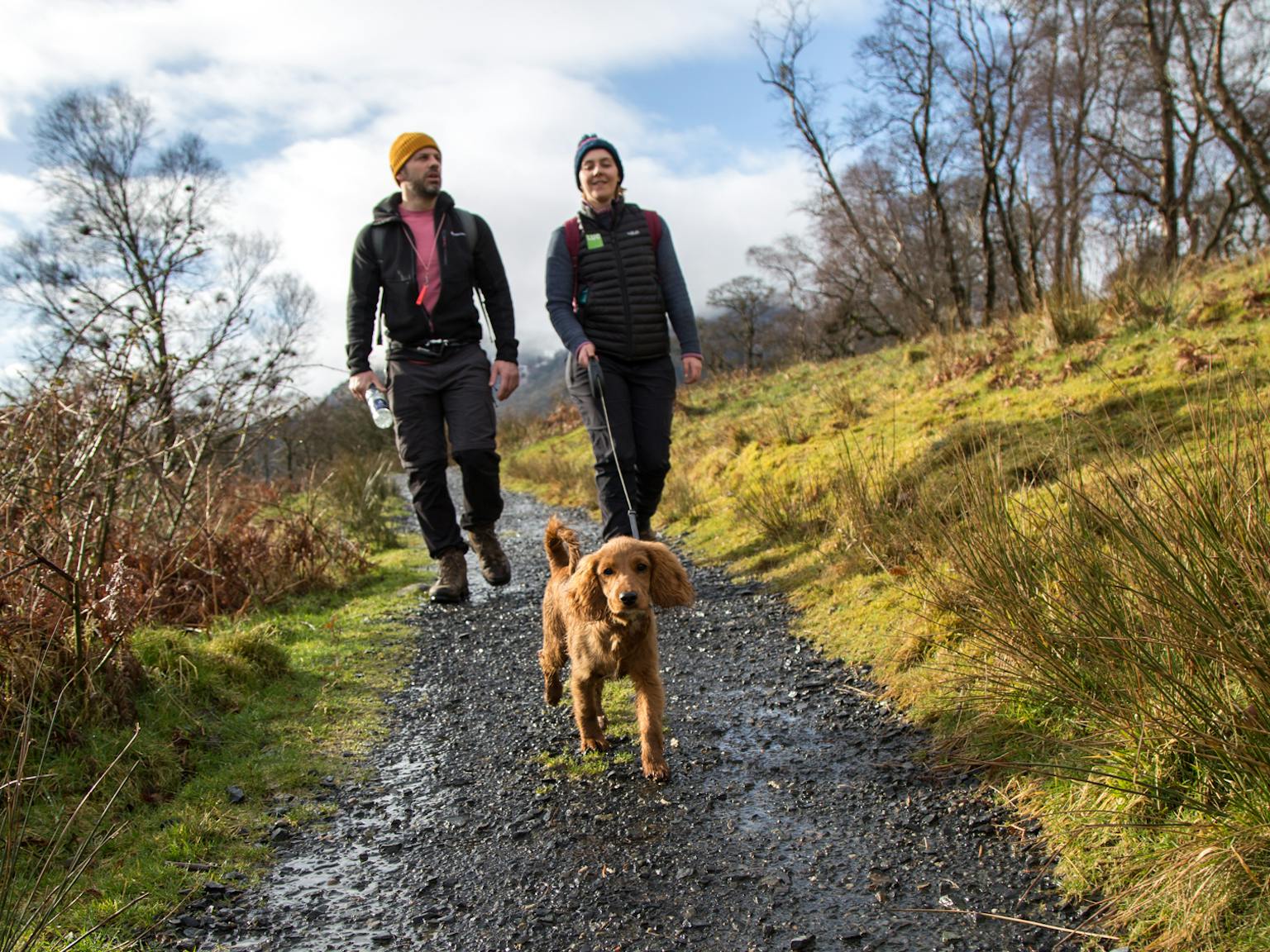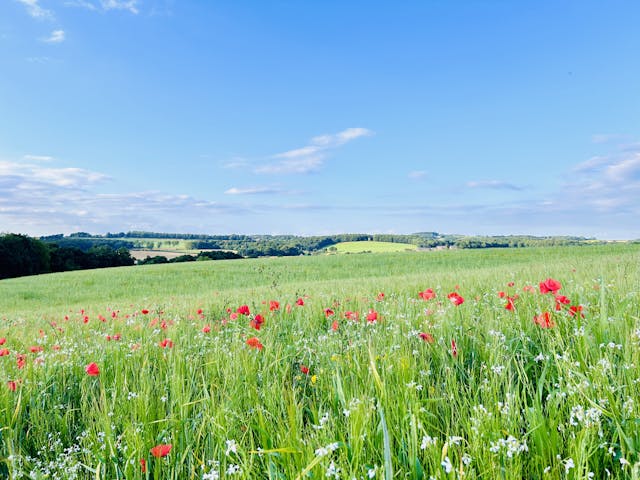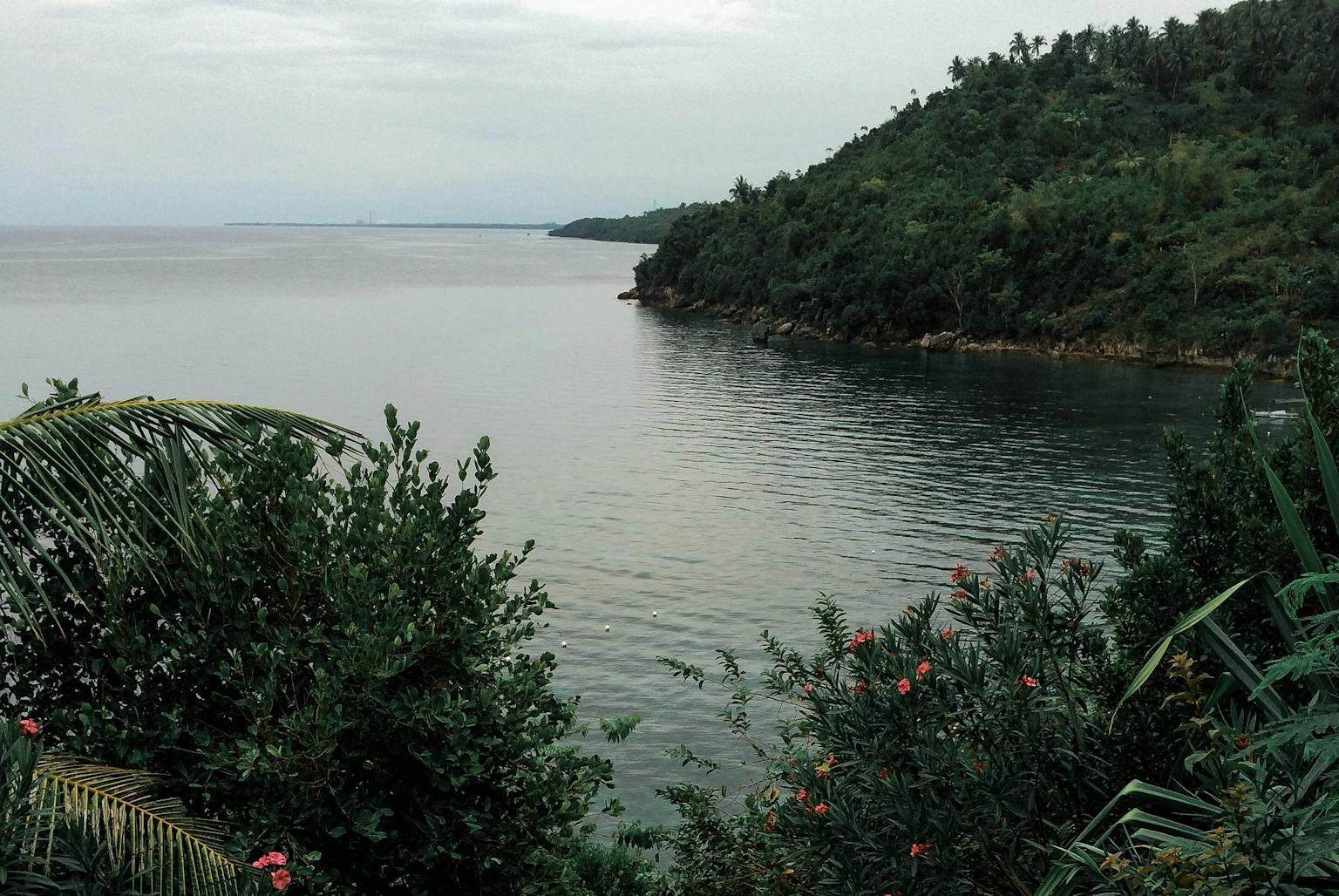
Achieving net zero: a holistic approach to climate change mitigation on renewable energy sites
Renewable energy projects are key to achieving net-zero, but delivering successful renewable energy projects brings considerable challenges. No large-scale project is without its effects upon the environment, and on landscape and visual amenity in particular. The onshore wind sector needs to identify suitable sites, yet many of the least environmentally sensitive locations have already been developed. In addition, projects increasingly benefit from multiple technologies, and areas of solar, wind, hydrogen generation and battery storage can be combined across a single site.
There is tension between the need to progress towards net-zero, and the need to find new locations which can accommodate larger turbines, dictated by technological advances and project economics. As developers look towards more environmentally sensitive sites for development opportunities, there are parallel opportunities to provide tailored landscape and ecological restoration and enhancement.
Having supported a considerable number of large-scale renewable energy projects, we understand the many opportunities they provide for landscape and habitat restoration. A successful landscape and ecological restoration plan can help realise these opportunities, providing multiple benefits for people and the natural environment, as well as improving ecosystem services and helping to tackle the climate crisis.
Peatland restoration
This is a key part of the Scottish Government’s goal of achieving a net-zero Scotland by 2045. The Scottish Government has recently released a £22 million fund for farmers, landowners and land managers to undertake peatland restoration projects, as part of a 10-year, £250 million package.
Benefits include:
- Habitat provision for a range of plants and animals, including many habitat specialists;
- Carbon storage to avoid the release of the greenhouse gas carbon dioxide, which helps tackle the climate emergency;
- Defence against wildfires which are likely to become more common due to hotter and drier summers expected as a result of climate change;
- Improved water storage and flood management to potentially alleviate flooding downstream; and
- Recreational and wellbeing opportunities such as walking and bird watching.
Many wind farm sites extend across extensive areas of degraded peatland, which means measures such as ditch blocking and promotion of changes to grazing regimes can be undertaken on a large scale.
Native woodland creation
Native woodlands are a vital part of Britain’s natural and cultural heritage, providing us with a wide range of social, environmental and economic benefits. Scottish Forestry provides grants for native woodland creation, which can often be delivered in tandem with developing a renewable energy site. The Scottish Rural Development Programme made available £252 million through the Forestry Grant Scheme (FGS) between 2014 and 2020.
Benefits include:
- Enhanced green infrastructure by connecting with and expanding existing areas of hedgerows and native woodland;
- Habitat restoration, enhancement and interest across sites which have been degraded;
- In the longer term, benefits to bird species through the provision of suitable habitat;
- Riparian woodland creation, which has the potential to reduce the risk of flooding in downstream areas by stabilising banks along watercourses;
- The presence of dappled shade from riparian broadleaf woodland which can help keep water temperatures within the range that is acceptable for the development of fish eggs; and
- In the longer term, maturing native woodland can help filter views of wind farm proposals, particularly the lower-level infrastructure, which may be subject to close-proximity views from sensitive residential receptors.
Wind farm sites often encompass areas of large-scale commercial forestry. Increasing the proportion of native woodland can enhance diversity and soften harsh forest edges, resulting in a more attractive and natural looking landscape. Land alongside access roads to sites can provide key opportunities for riparian, lowland as well as montane woodland expansion.
Positive management of farmland
Positive management within renewable energy sites can also contribute to landscape and ecological enhancement. This could take the form of providing small areas of unharvested arable land on less productive ground, or promoting changes to farming systems to more mixed forms of agriculture, which, in certain grazing systems, could reduce grazing pressure. Over time, lower input farming can contribute to a resilient population of wildflowers, which benefits pollinators and some bird populations, including some which are in steep decline.
Solar farms, with the sites often favouring farmland, enable intensively farmed arable areas to be returned to low intensity grazing, or to managed wildflower meadows. The visual effects of solar panels can be reduced by restoring the hedgerows around fields, and allowing them to grow taller, bringing benefits in terms of green infrastructure and habitat connectivity.
Recreational enhancements
Enhancing the recreational value of sites benefits local communities and potentially draws in visitors from a wider area. Such enhancements need to be balanced with the requirements of local landowners and tenants, respecting privacy and livestock.
Examples include:
- Expanding and linking the existing path network to create trails and interpretation for visitors to explore, celebrating the archaeological and ecological diversity of a site.
- Allowing cyclists and walkers onto the access roads associated with renewable energy projects, or establishing visitor facilities or a café, helping to raise awareness about renewable energy. An access management plan will often be required, but greater benefits can be achieved by integrating this with a wider set of landscape and habitat enhancements.
As the need for and challenge of securing consent for renewable energy developments grows, the multiple benefits of providing tailored landscape and ecological restoration and enhancement plans is increasingly recognised by developers and planning authorities. Renewable energy sites typically occupy large areas of land, and it is imperative that they are managed and enhanced so they can also offer multiple other benefits for landscape, our communities, nature conservation and the mitigation of climate change.
LUC is a market leader in supporting large-scale renewables projects such as solar, wind and hydro-schemes. We have a multidisciplinary team of landscape architects, planners, ecologists and cultural heritage specialists that collaborate on landscape and ecological restoration and enhancement plans to accompany renewable energy projects.
To find out more please get in touch with Neil Elliot.



